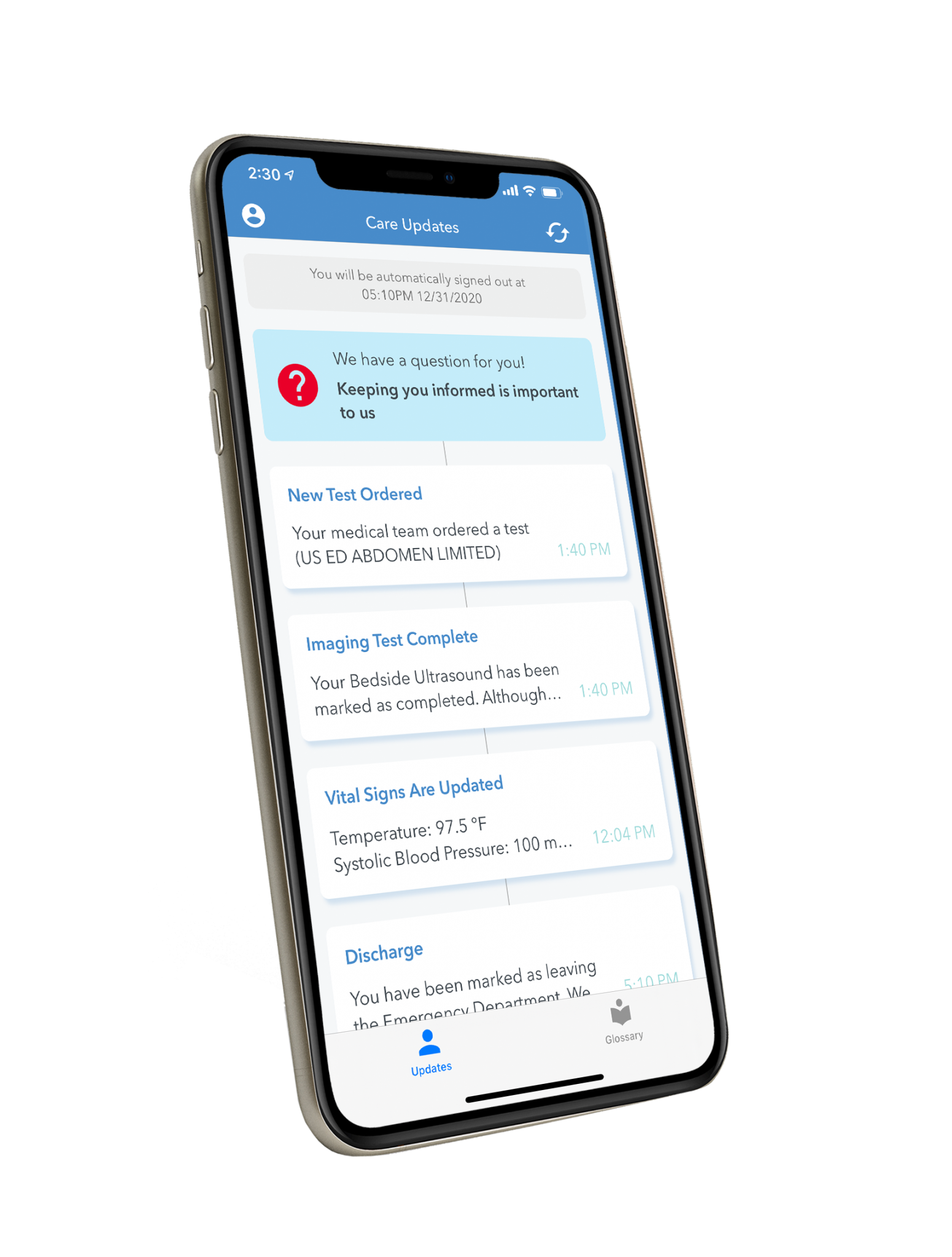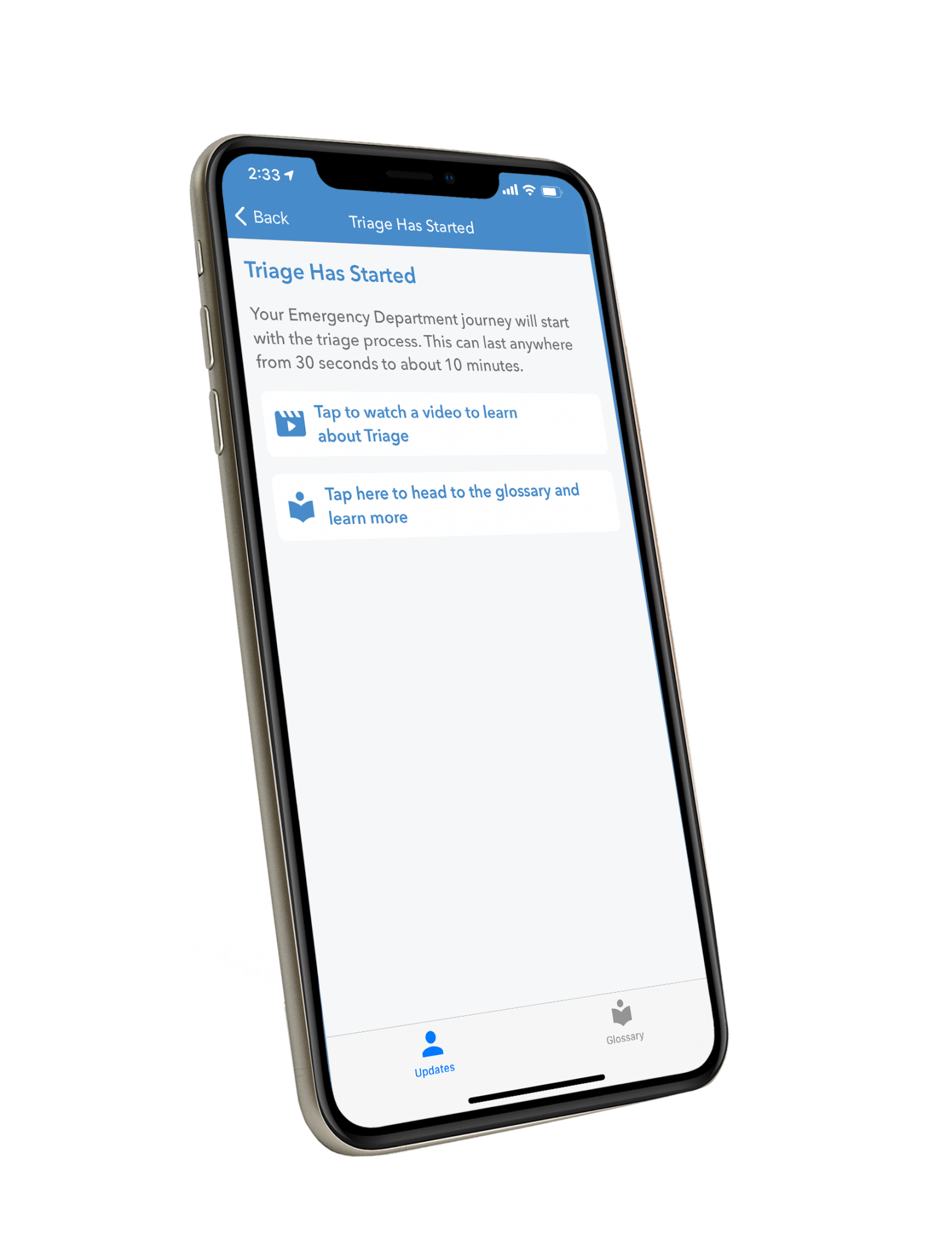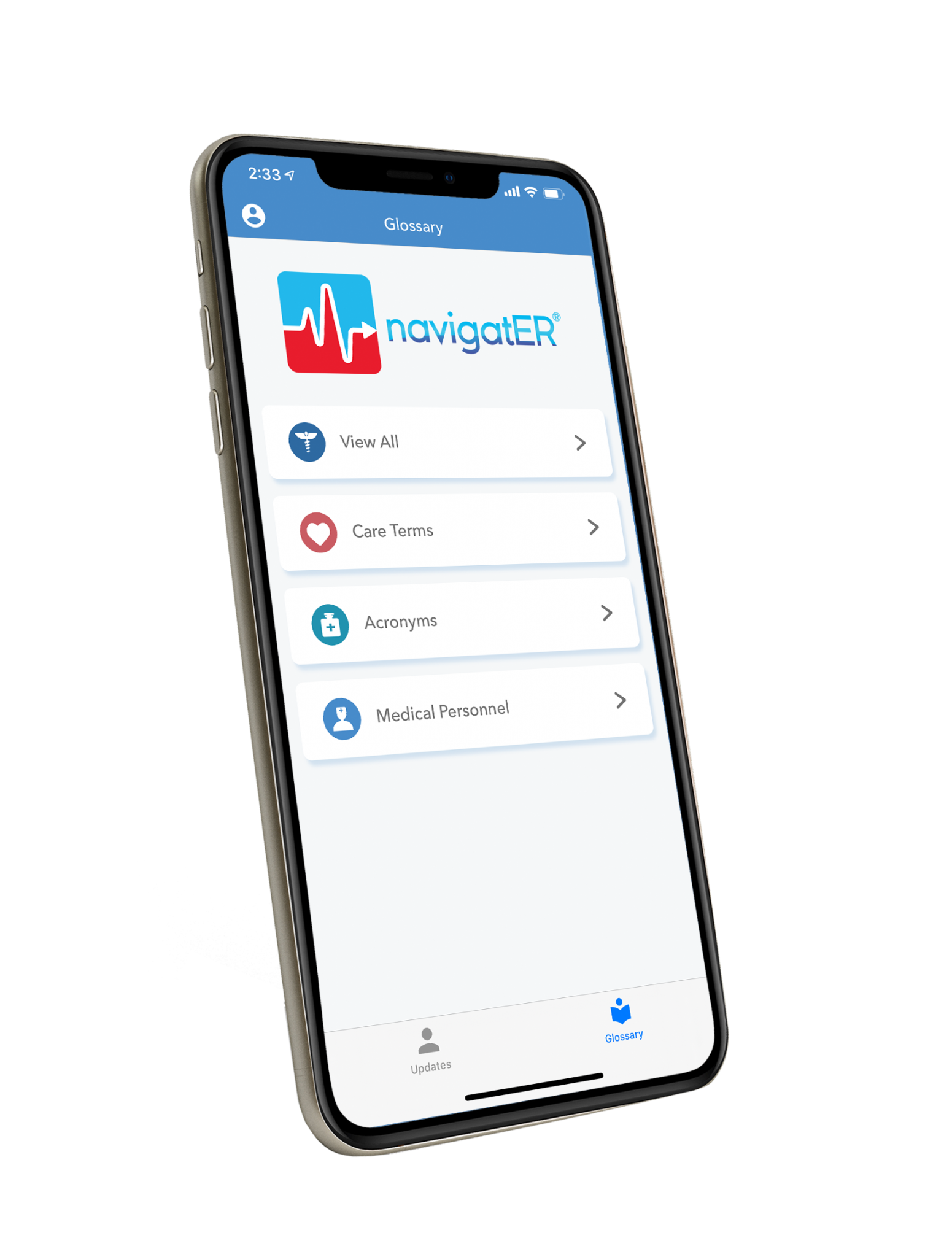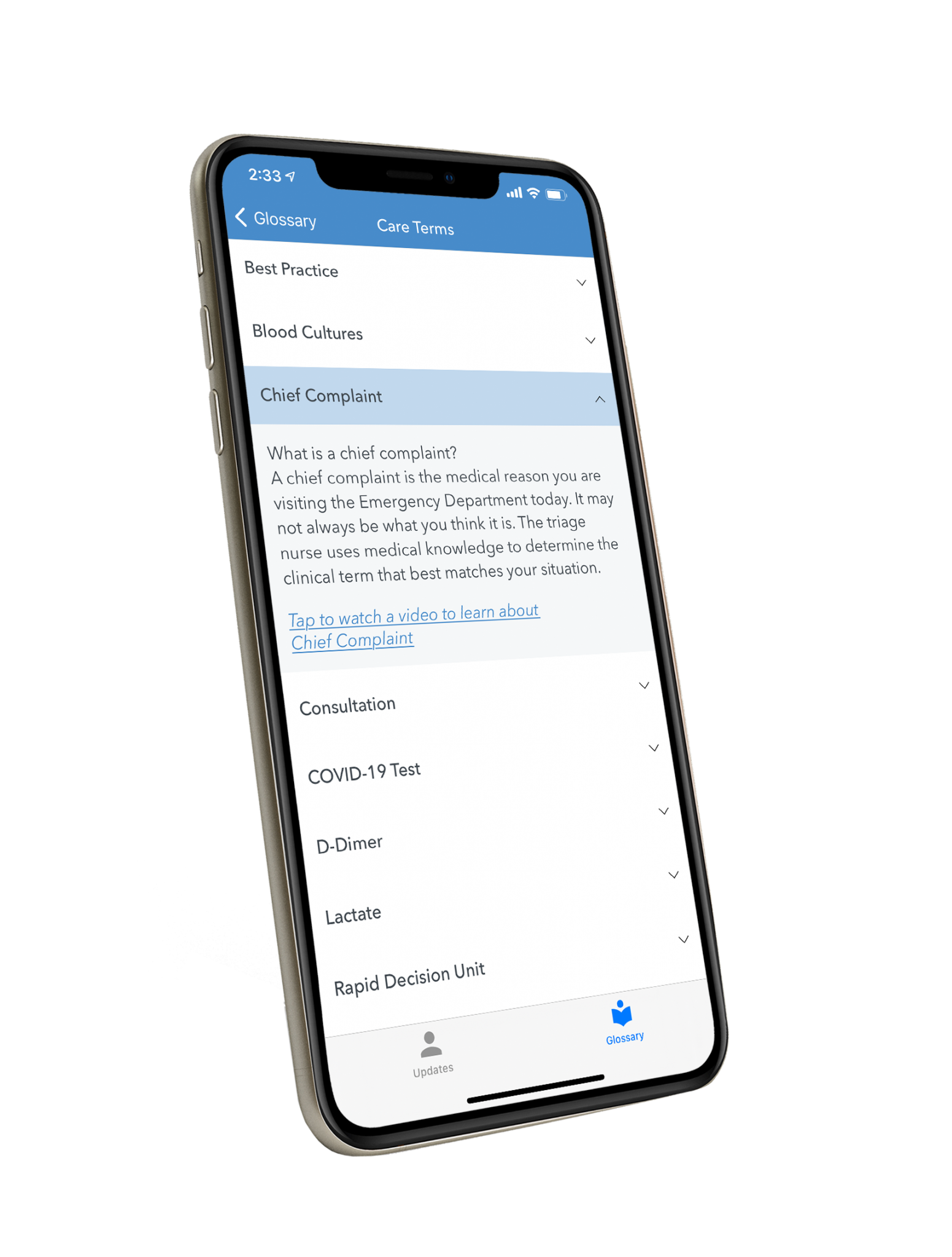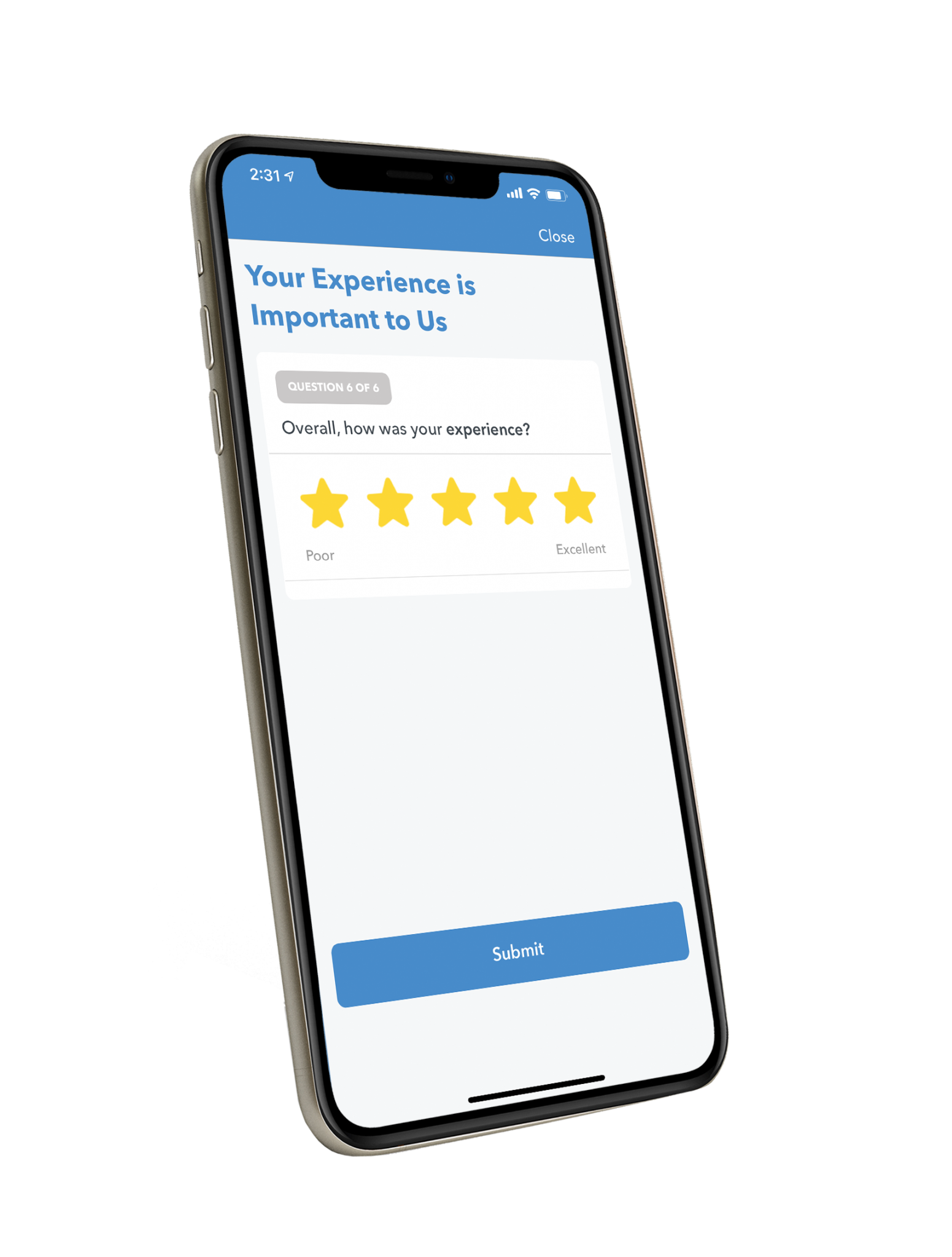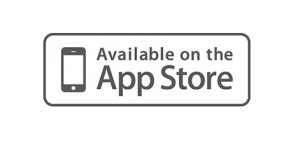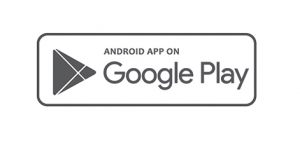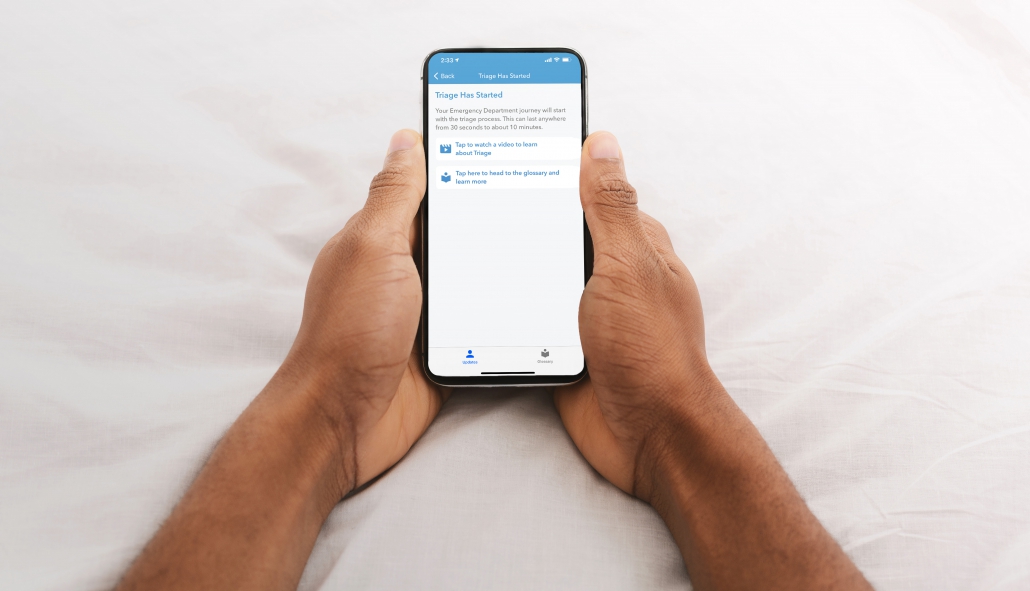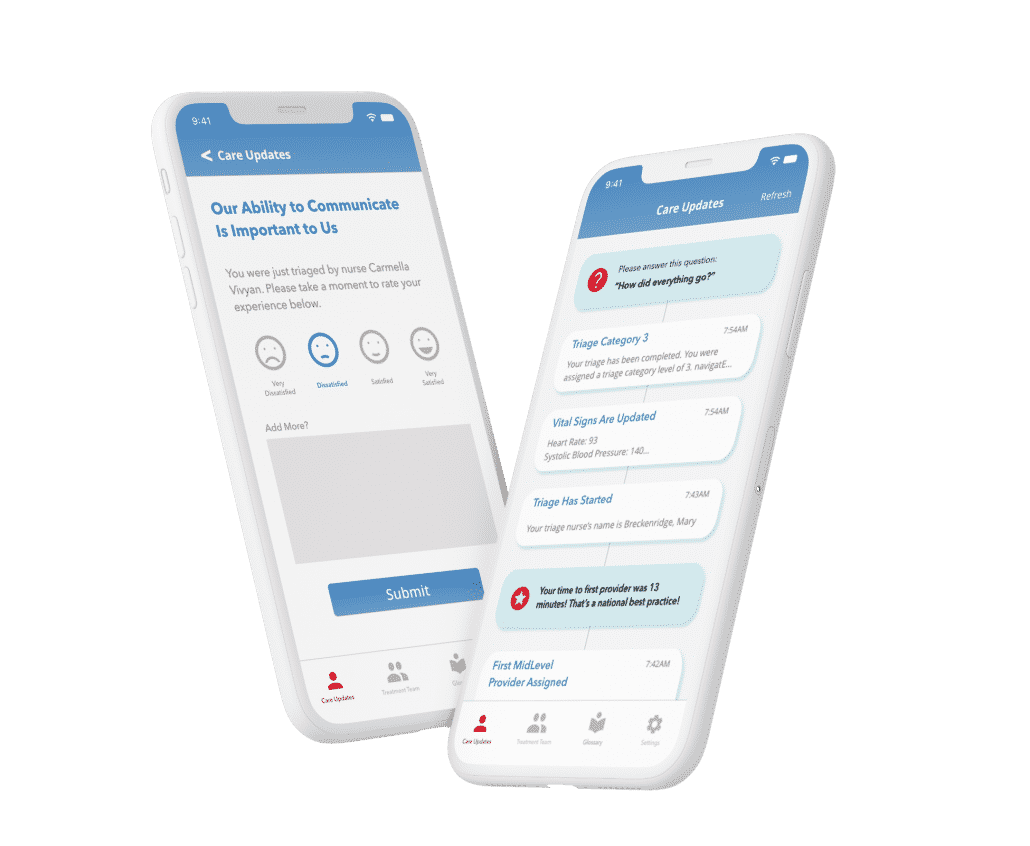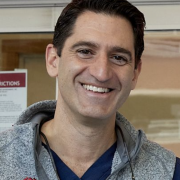navigatER is a patient experience platform, powered by cliexa, that enables transparency and real-time communication between emergency care providers and their patients via a secure mobile app. Learn more
130 million
emergency room visits in the US each year.
3 hours
from check in to discharge is the average duration of an emergency room visit.
75%
of patients site “keeping me informed about my treatment” as a key metric for patient satisfaction.
HOW IT WORKS
Real-time Care Updates
navigatER guides patients and their families through their entire emergency department journey by providing:
- Real-time updates on their clinical progress
- Expected wait times
- Provider profiles
Informative Patient Engagement
Employs evidence-based technology designed to improve patient outcomes. Intuitively engages and educates patients throughout their entire stay with:
- Educational Videos
- Clinical Glossary
- Frequently Asked Questions
Real-time feedback. Real-time intervention.
navigatER allows for real-time patient satisfaction assessments, providing care teams with immediate performance metrics and feedback. Allowing providers and staff to:
- Take corrective action to improve the patient’s experience before it’s too late
- Pinpoint areas of concern
- Compare observed versus expected patient outcomes to both institutional and national benchmarks


